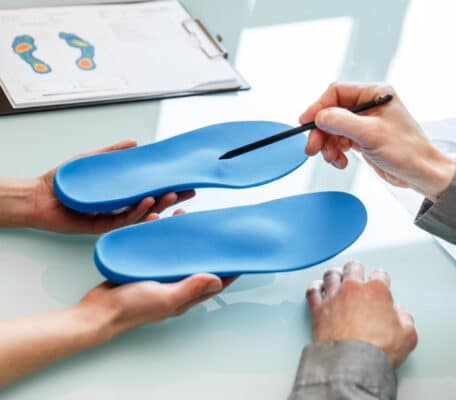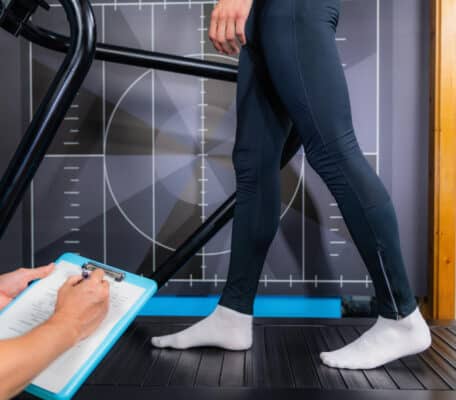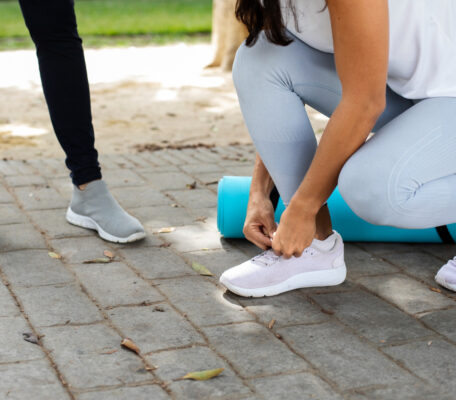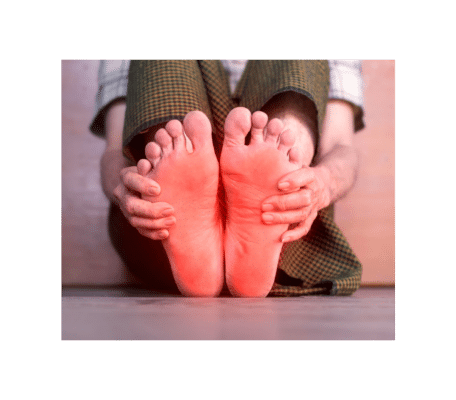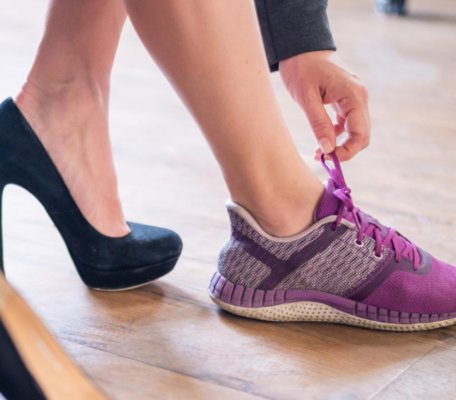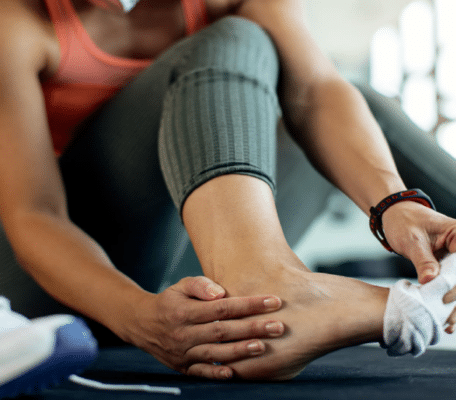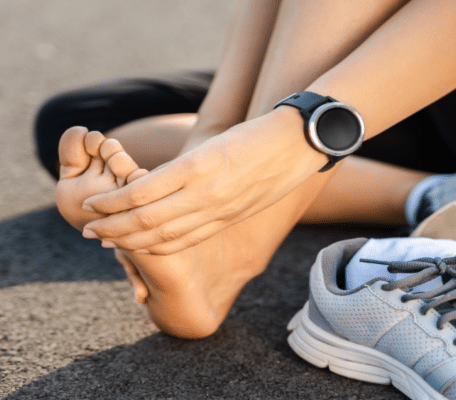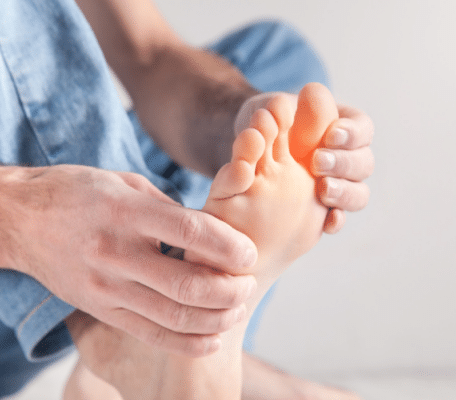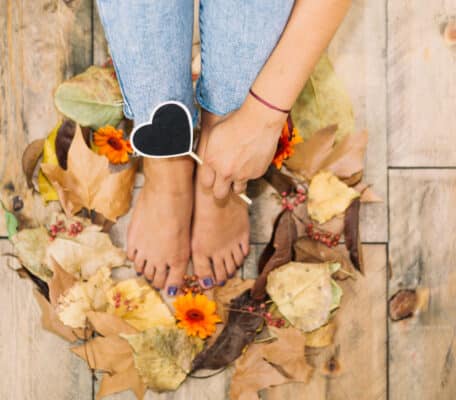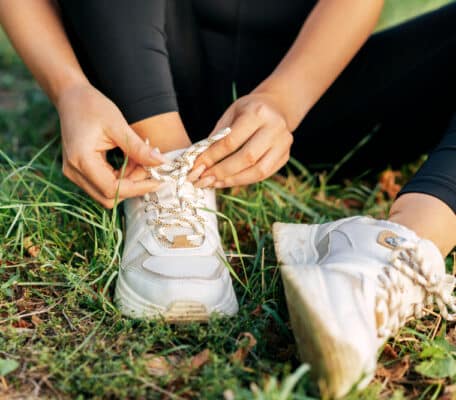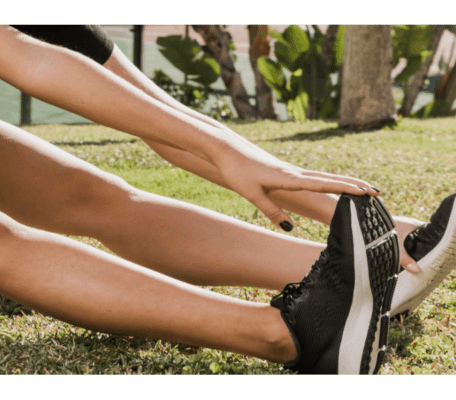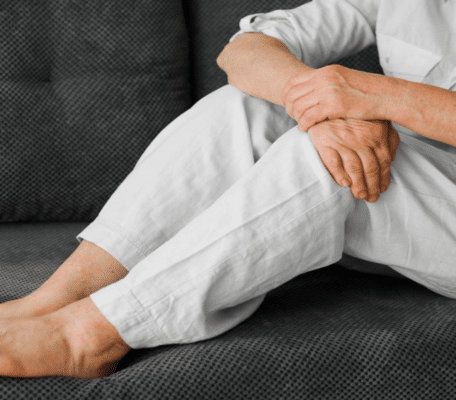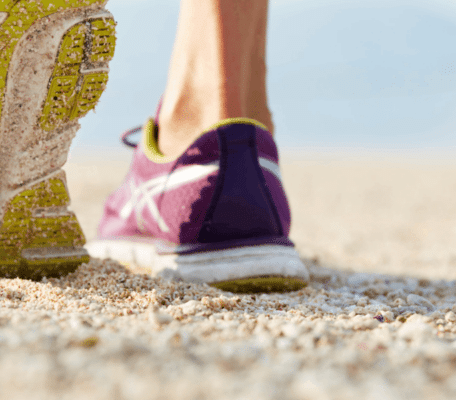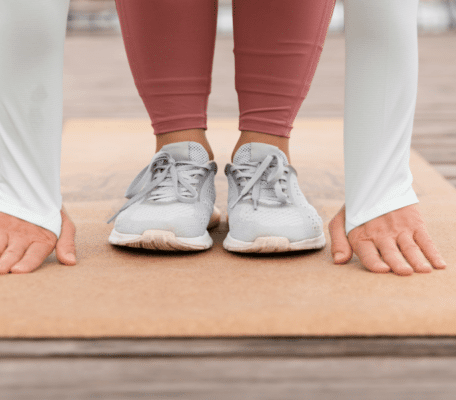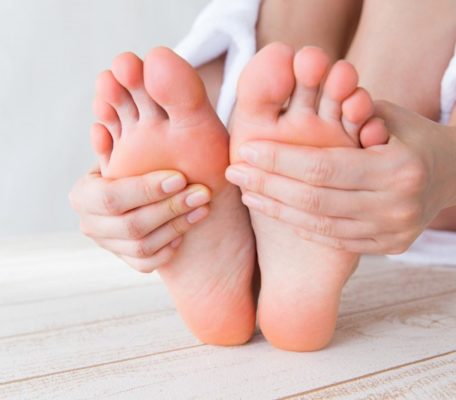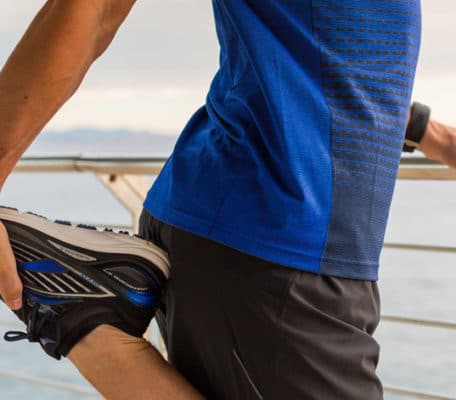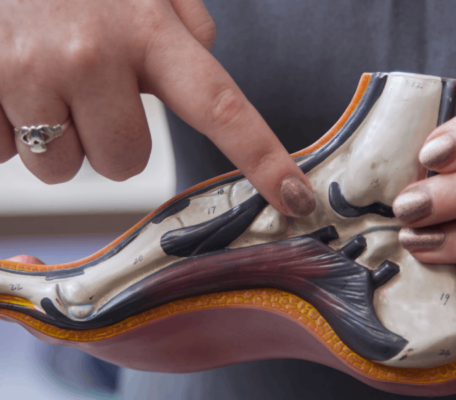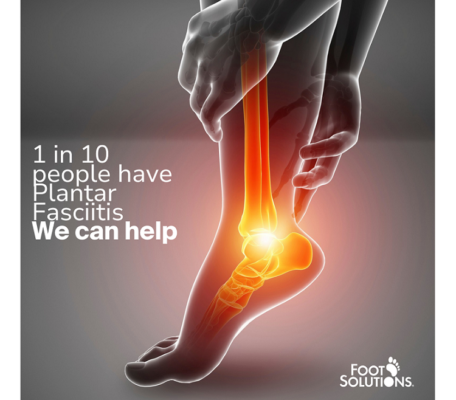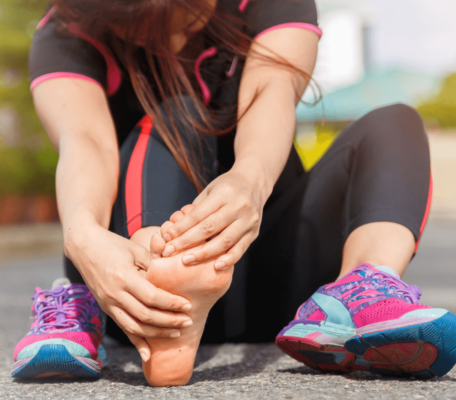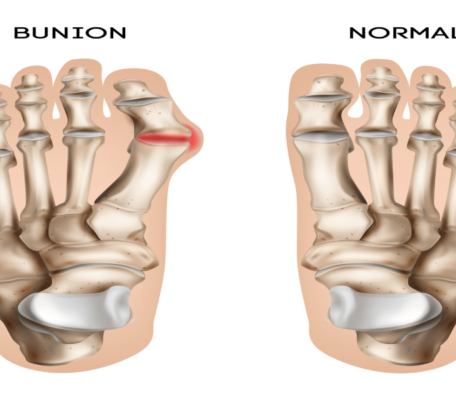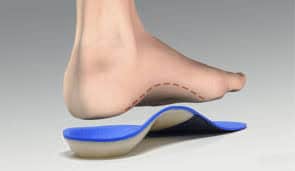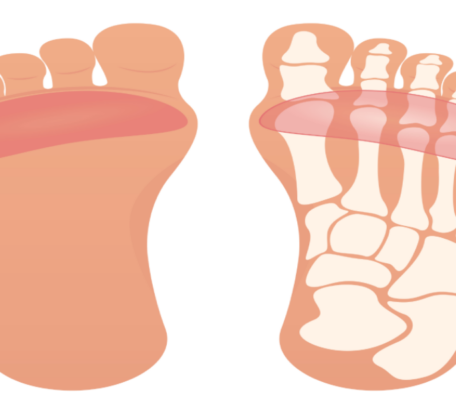Over pronation is one of the most common causes of foot pain. You may have heard of over pronation – particularly if you spend any time with runners – but you may not know what it means.
What is Over Pronation?
Pronation refers to a part of the gait cycle. When a person walks or runs, they experience a gait cycle. This begins when you lift your foot up off the ground to take a step, and it ends when the foot returns to the ground. During that cycle, you experience pronation. Pronation refers to the fact that the foot rolls inward somewhat as it makes contact with the ground. A certain degree of pronation is normal and expected.
However, many people experience over pronation. Over pronation means that the foot rolls inward excessively when it strikes the ground, which causes the arch of the foot to flatten against the ground. This can cause the soft tissues in the bottom of the foot to stretch and the arch to collapse. It creates unnatural angles among the joint surfaces, and the joints become flexible and loose. The foot loses its stability.
If you over pronate, you may experience fatigue, muscle strain, foot and leg pain, and even foot deformities.
What Does Over Pronation Look Like?
If you over pronate, your heels may lean inward when you stand. Your knee caps might also turn inward when you are standing. You might develop flat feet or bunions. When you are being active, you may experience knee pain that resolves when you rest. You might also notice that the soles and heels of your shoes wear out very quickly.
Do Shoe Inserts Work for Over Pronators?
A single cause of over pronation has not been identified, but researchers believe it may be caused by anatomical factors such as leg length discrepancy, arch height, or muscle weakness. Environmental factors can also affect pronation. The type of shoe that a person wears can distinctly affect pronation.
There are several modifications that can be made to deal with over pronation. One of the most popular ways to cope with over pronation is to wear orthotic devices in the shoes. The large majority of runners who use orthotic devices to correct their pronation find that their pain is relieved and they are able to continue in their activities.
Certain types of shoes are also better for particular types of pronation. Motion control and stability shoes help to reduce the amount of force that is placed on the inside of the foot when a person is running. This also helps to make the foot, ankle, and leg more stable.
Some runners also find that taping their feet and legs or lacing their shoes in a particular manner helps to correct their pronation. There are many different lacing patterns that you can try to find a style that best suits you.
Shoe inserts can be a great source of relief for over pronators. They align the lower body and provide a support system for the feet. Shoe inserts can reduce pronation, which helps to prevent injuries and treat existing injuries. They are a simple and effective way to reduce pronation and relieve pain.
If you experience foot pain caused by over pronation, stop by Foot Solutions. We can help you to identify your style of pronation and find the shoes that will best suit you. We can also provide you with shoe inserts or order custom arch supports for you. These minor adjustments can greatly improve your comfort level so that you can continue your activities and be pain-free. Visit Foot Solutions today.

